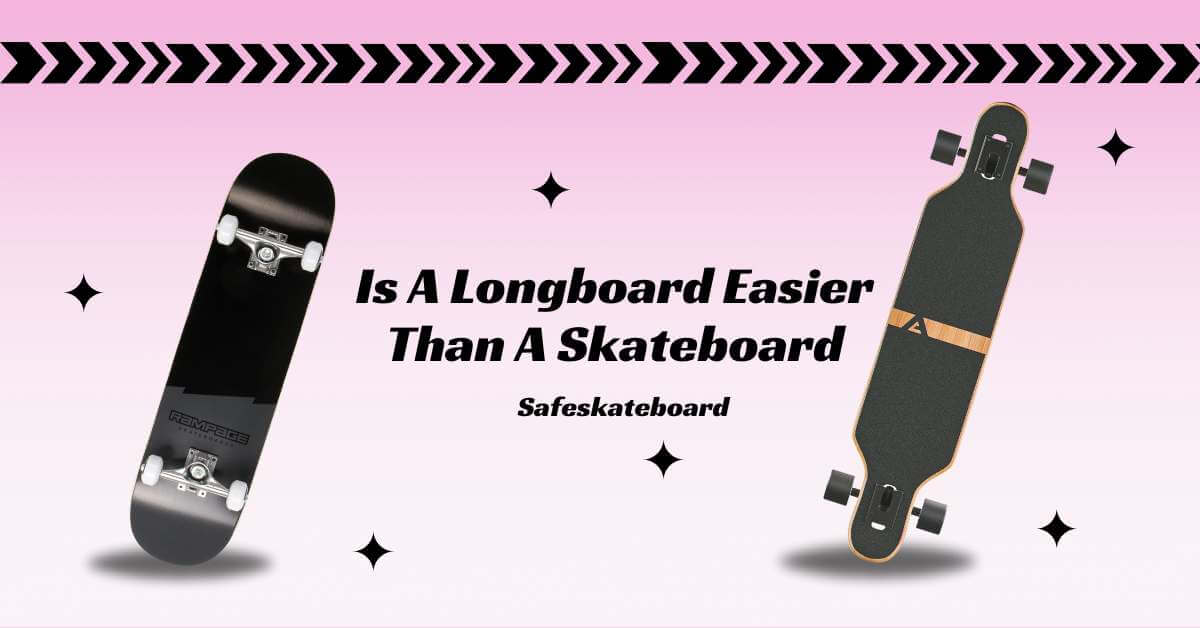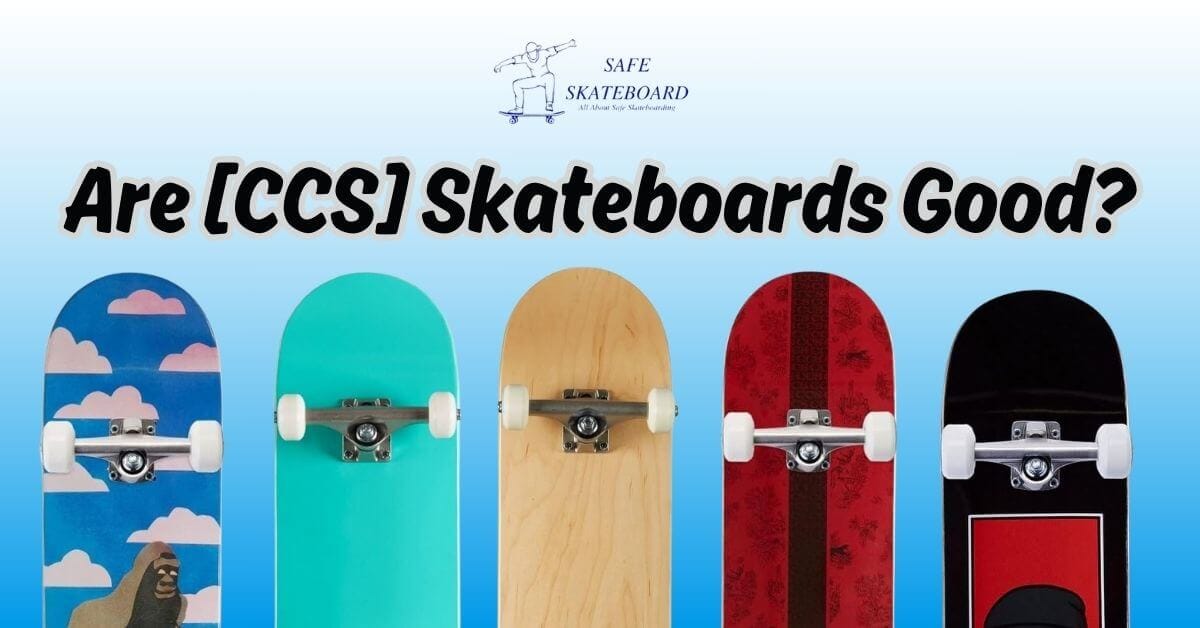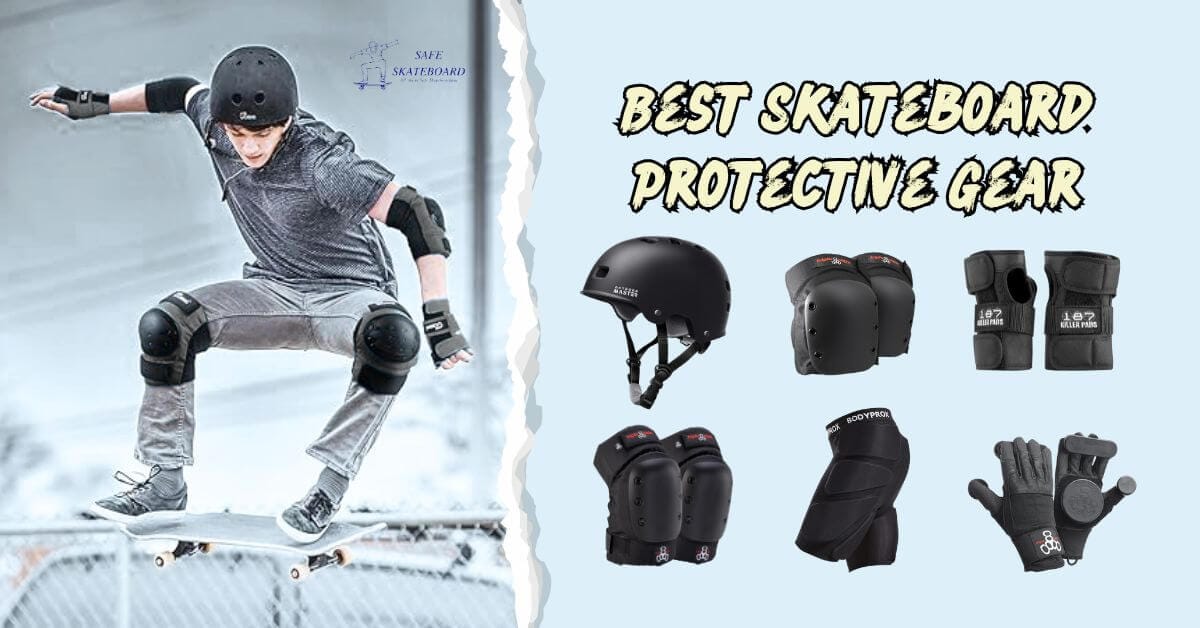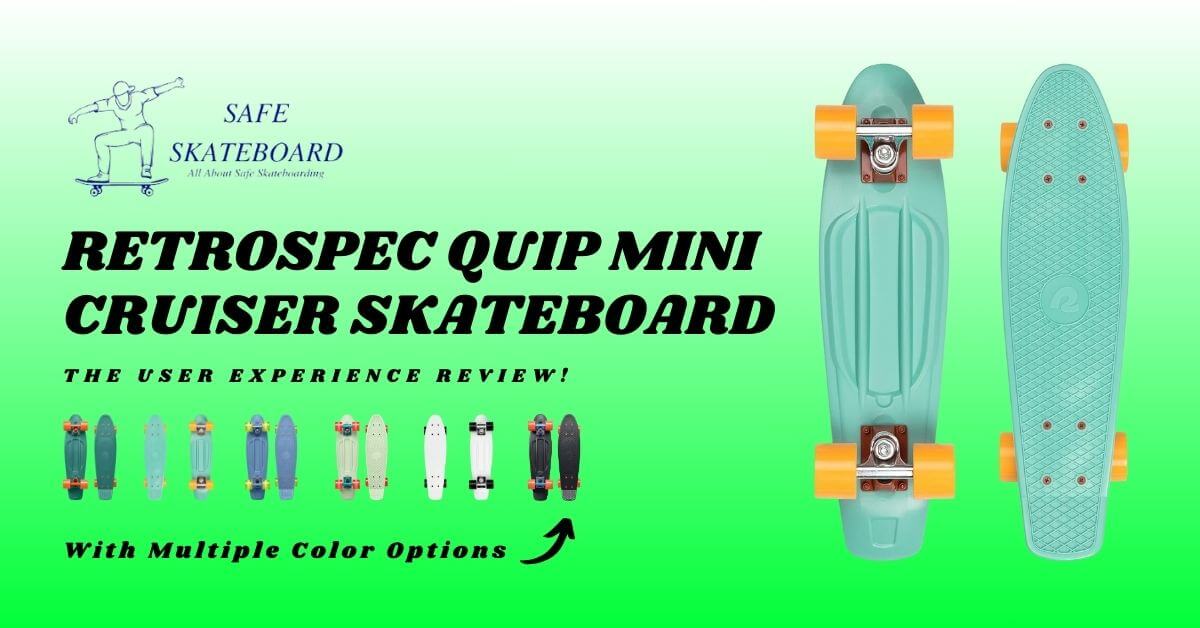Are you thinking about getting your first board? Not sure which one is easier? You’re not alone. Many beginners ask the same thing: “Is a longboard easier than a skateboard?” It’s a smart question. Both boards may look alike, but they ride very differently.
Longboards are made for smooth rides and easy turns. They’re great for cruising. Skateboards are smaller and built for tricks. You’ll see them in skateparks, jumping and flipping.
Each one has its own feel. Each one takes time to learn. If you’re just starting out, picking the right board will help you learn faster and enjoy more.
In this guide, I will show you the big differences between longboards and skateboards. You’ll find out which one fits your style best.
So grab your helmet, lace up your shoes, and let’s roll!
Difference Between Skateboards and Longboards
Now that I’ve set the stage, let’s delve into the key differences between a skateboard and a longboard. As someone who has navigated both worlds, I can assure you that the distinctions impact your riding experience significantly.
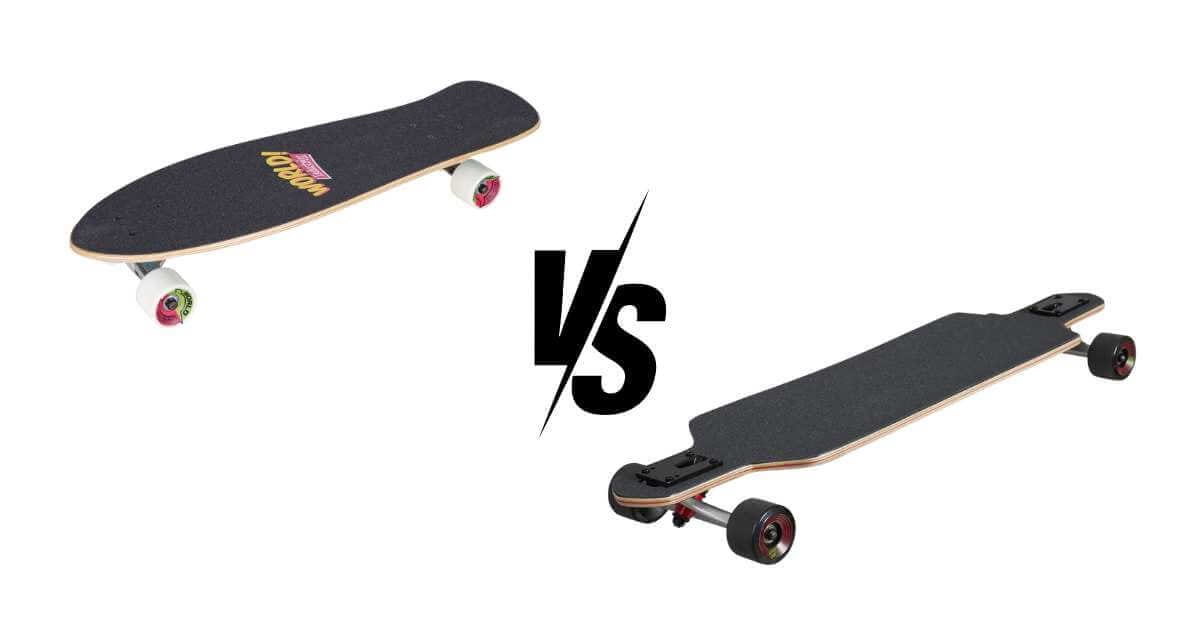
| Feature | Longboard | Skateboard |
| Size and Shape | Larger (33-60 inches); often elongated and flexible | Smaller (28-33 inches); compact and symmetrical |
| Deck Flexibility | More flexible, suited for smooth rides and carving | Stiffer deck, providing better control for tricks |
| Wheel Size | Larger, softer wheels for better grip and smoother rides | Smaller, harder wheels, ideal for tricks and skateparks |
| Truck Design | Wider trucks for a greater turn radius, good for carving | Tighter trucks for stability during tricks and flips |
| Ease of Riding | Easier for beginners; stable and forgiving | Requires more practice; better suited for tricks |
| Best for | Cruising, commuting, and downhill riding | Tricks, skateparks, and ramps |
| Price Range | Generally higher ($150-$300) | Typically more affordable ($50-$150) |
| Beginner-Friendly | Yes, great for balance and stability | More challenging but possible with practice |
What do Skateboards and Longboards Have in Common?
While skateboards and longboards differ in many ways, they share notable similarities that connect riders across both communities. After all, at the heart of it all lies a love for riding and freedom on wheels.
The Joy of Riding
Firstly, both skateboards and longboards provide the thrill of movement. If you are gliding down a smooth pavement on a longboard or catching air at a skatepark on a skateboard, the rush is undeniable. Here’s what unites the two:

- Balance and Coordination: Both sports require a good sense of balance and body control. Many riders often switch between the two types of boards to enhance their skills.
- Camaraderie: Whether you’re hanging out at a skatepark or cruising the neighborhood, both types foster a welcoming community. Riders share tips, tricks, and experiences, creating friendships that can last a lifetime.
Customization and Style
Another captivating aspect is the customization potential. Riders often personalize their boards with unique graphics and colors.
- Deck Art: Many skaters and longboarders express their style through deck designs, which can range from graffiti art to classic wooden finishes.
- Accessories: Both boards allow for numerous accessories like grip tape, stickers, and even LED lights!
In essence, while skateboards and longboards may cater to different riding preferences, they both encapsulate the exhilarating spirit of riding that brings people together.
What are the matters when choosing a skateboard or longboard?
Choosing between a skateboard and a longboard can be overwhelming with so many options available. However, focusing on a few key factors can make the selection process smoother. Here’s what you should consider before making your purchase:
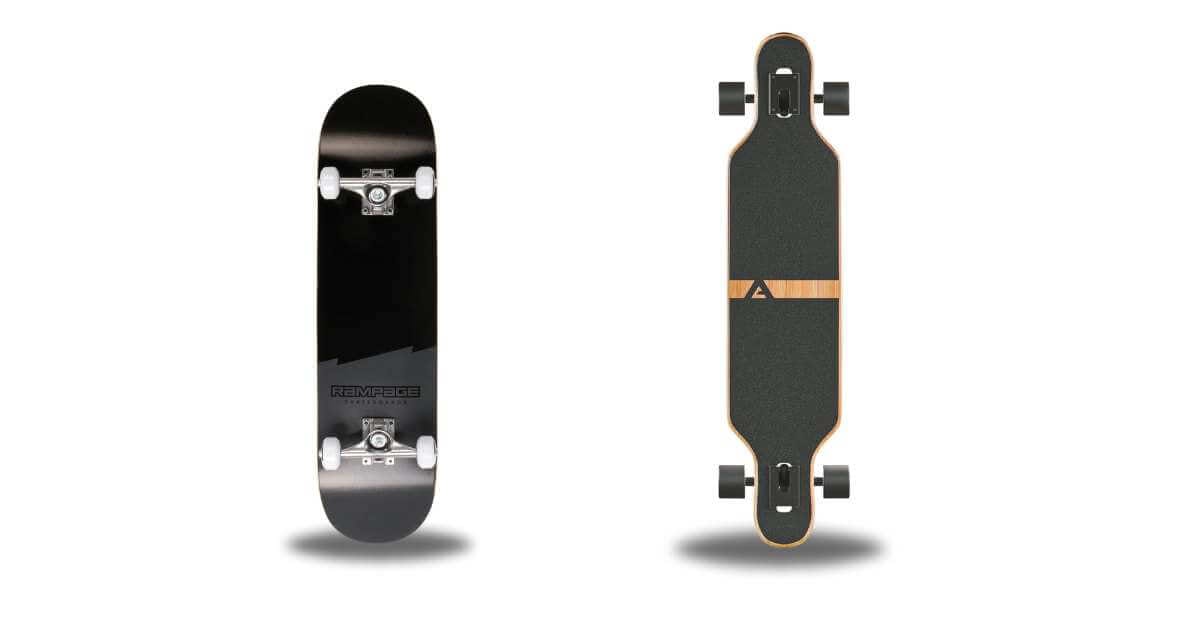
01. Size Matters
The size of the board directly affects your comfort and performance.
- Skateboards: Typically 28-32 inches long, suitable for technical tricks and tight turns.
- Longboards: Ranging from 33-60 inches, ideal for stability and cruising.
I remember when I first hit the streets with a longboard that was a bit too wide for my frame; it took some getting used to!
02. Shape Matters
The shape of the board also plays a crucial role in its handling:
- Skateboards often have a concave shape to help with flip tricks.
- Longboards come in various shapes, like drop-through and pintail, each designed for specific riding styles.
03. Wheels Matter
The wheels are another vital aspect:
- Skateboard wheels are generally smaller and harder, making them perfect for tricks.
- Longboard wheels are larger and softer, providing a smoother ride over bumps and uneven surfaces.
04. Trucks Make All the Difference
The trucks, or the metal parts that hold the wheels, greatly impact maneuverability:
- Skateboards often utilize tighter trucks for better control during tricks.
- Longboards usually have looser trucks for easier carving and turning.
05. Decks Matter
Lastly, the deck material matters for durability and flex:
- Skateboard decks are typically made of seven-ply maple for strength.
- Longboard decks may use a variety of materials—wood, bamboo, or fiberglass—allowing for more flex and a smoother ride over longer distances.
Understanding these factors will help you feel more confident when choosing the right board tailored to your needs and riding style. Whether you’re looking for tricks or leisurely cruises, there’s a perfect skateboard or longboard waiting for you!
Frequently Asked Questions (FAQ) About Is A Longboard Easier Than A Skateboard?
Can you perform tricks on a longboard like you do on a skateboard?
While you can perform some tricks on a longboard, it’s not as versatile for tricks as a skateboard. Skateboards are better suited for flips and jumps. Longboards are more focused on cruising, downhill riding, and long-distance travel.
Is cruising on a longboard easier than riding a skateboard?
Yes, cruising on a longboard is often easier due to: Stability: The longer wheelbase helps with balance. Smoothness: Softer wheels cushion against rough surfaces, making it a more comfortable ride.
Which one is more suitable for commuting?
Longboards are typically better for commuting because they cover more ground quickly. They handle hills and uneven surfaces better than skateboards.
Do you need special safety gear for either?
Yes, regardless of whether you choose a longboard or skateboard, you should wear: Helmet, Wrist guards, Elbow and knee pads.
Can you ride a longboard on rough terrain?
Longboards can handle rough terrain better due to their soft wheels, but they’re not designed for off-roading. If you’re looking for rugged terrain, consider a cruiser skateboard or an all-terrain longboard.
Where can I buy a longboard or skateboard?
You can find both at Local skate shops, Sports retailers, and Amazon. Make sure to read reviews, and if possible, test ride before purchasing!
Final Words
As we wrap up, whether a longboard is easier than a skateboard largely depends on your goals and riding style.
Longboards offer greater stability and are generally more forgiving, making them ideal for beginners focused on cruising and commuting.
Skateboards, with their compact size and agility, are better suited for tricks and technical riding. If you’re new to boarding and seeking a smoother learning curve, a longboard might be the easier option.
However, if you’re drawn to skateparks and performing tricks, a skateboard could be more rewarding. Ultimately, the best choice is the one that aligns with your interests and riding aspirations.
